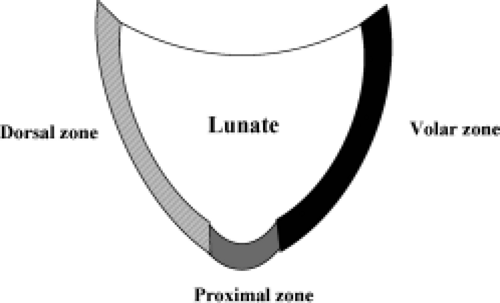Wrist Triangular Ligament Tear

What is the TFCC? The triangular fibrocartilage complex (TFCC) is located on the side of the wrist with the bump (the “ulnar” side of the wrist) and is made up of cartilage and ligament support structures. It acts as a shock absorber and stabilises the wrist bones during twisting movements. There are some similarities between the TFCC in the wrist and a meniscus in the knee.

Lynda Foundations Of Audio Compression And Dynamic Processing. Injury to the triangular fibrocartilage complex involves tears of the fibrocartilage articular disc and meniscal homologue. The homologue refers to the piece of tissue that connects the disc to the triquetrum bone in the wrist.
What are Cartilage & Ligament Tears of the Wrist? Ligament (SL). The triangular. Of a cartilage and ligament tear and has a high success. Aug 12, 2016 Age changes in the triangular fibrocartilage of the wrist joint. Fibrocartilage Complex and Intrinsic Ligament Tears and Visibility. The triangular fibrocartilage complex (TFCC) is a cartilage structure located on the small finger side of the wrist that, cushions and supports the small carpal bones in the wrist. The TFCC keeps the forearm bones (radius and ulna) stable when the hand grasps or the forearm rotates.
What are the symptoms of a TFCC tear? A tear can be associated with pain on the ulnar side of the wrist, sometimes with painful clicking or snapping. Sometimes the wrist will feel unstable. The pain is worse with twisting movements, such as opening a door handle or using a screwdriver.
You may have reduced grip strength because of the pain. There are a number of tests involving pushing on your bones or wrist that Dr Tomlinson uses to confirm a clinical diagnosis of a TFCC tear. How is a TFCC diagnosis confirmed? If your symptoms suggest that you have a TFCC tear then a MRI (Magnetic Resonance Imaging test) is the best type of scan to confirm and assess the diagnosis. An x-ray is a good first test to look for a fracture and to assess the relative length of your wrist bones. Right: x-ray from Radiopaedia.org showing a relatively long ulna bone compared to the radius bone What are the implications of a TFCC tear?
There are a number of different types of TFCC tears and the implications of a tear depend both on what type of tear you have and what types of activities you regularly do with your wrist. A traumatic (type 1) TFCC tear usually happens from a loading or twisting force to the wrist, such as a fall on an outstretched hand, or forceful twisting or wrenching movements, or from sports using a racquet or bat.
A traumatic tear may injure the TFCC ligaments or the cartilaginous disc, and may also be associated with a wrist fracture or dislocation. A degenerative (type 2) tear is a more chronic or degenerative injury. Having a long ulna bone can predispose you to a type 2 tear, as can increasing age, a previous wrist fracture, gout, rheumatoid arthritis and chronic overloading of the wrist joint. It is possible to have a degenerative tear with no symptoms, and these are relatively common in our community.
If you have no symptoms you don’t need to do anything about the tear and would likely only find out that you had the injury if you had an MRI of your wrist for another reason. Youda Games Crack Full. How is a TFCC injury treated?
In most cases a traumatic (type 1) TFCC tear will respond well to non-surgical treatment. For major tears this involves wearing an above-elbow splint or cast on the wrist and forearm for 4-6 weeks, then progression to a removable splint with progressive strengthening and range of motion exercises over another 4-6 weeks.
Anti-inflammatories and a corticosteroid injection to the wrist may also be recommended as additional treatments. If there is a large tear to the central area of the TFCC then surgery is more likely to be required, as the central area has no blood supply and so has a much reduced capacity to heal. If non-surgical treatment is not successful then surgery is done arthroscopically (using a small telescope that is inserted inside the joint) and the tear is cleaned up (“debrided”). Peripheral tears of the TFCC can be repaired with stitches. It is necessary to immobilise the wrist and elbow for weeks after the surgery to allow the tears time to heal. For degenerative (type 2) TFCC tears surgery may be directed at shortening the ulna bone, if it is abnormally long, and tightening the ligaments. Shortening the ulna bone means cutting it with a saw, removing a few millimetres of bone, and then fixing the bone ends together using a plate and screws.